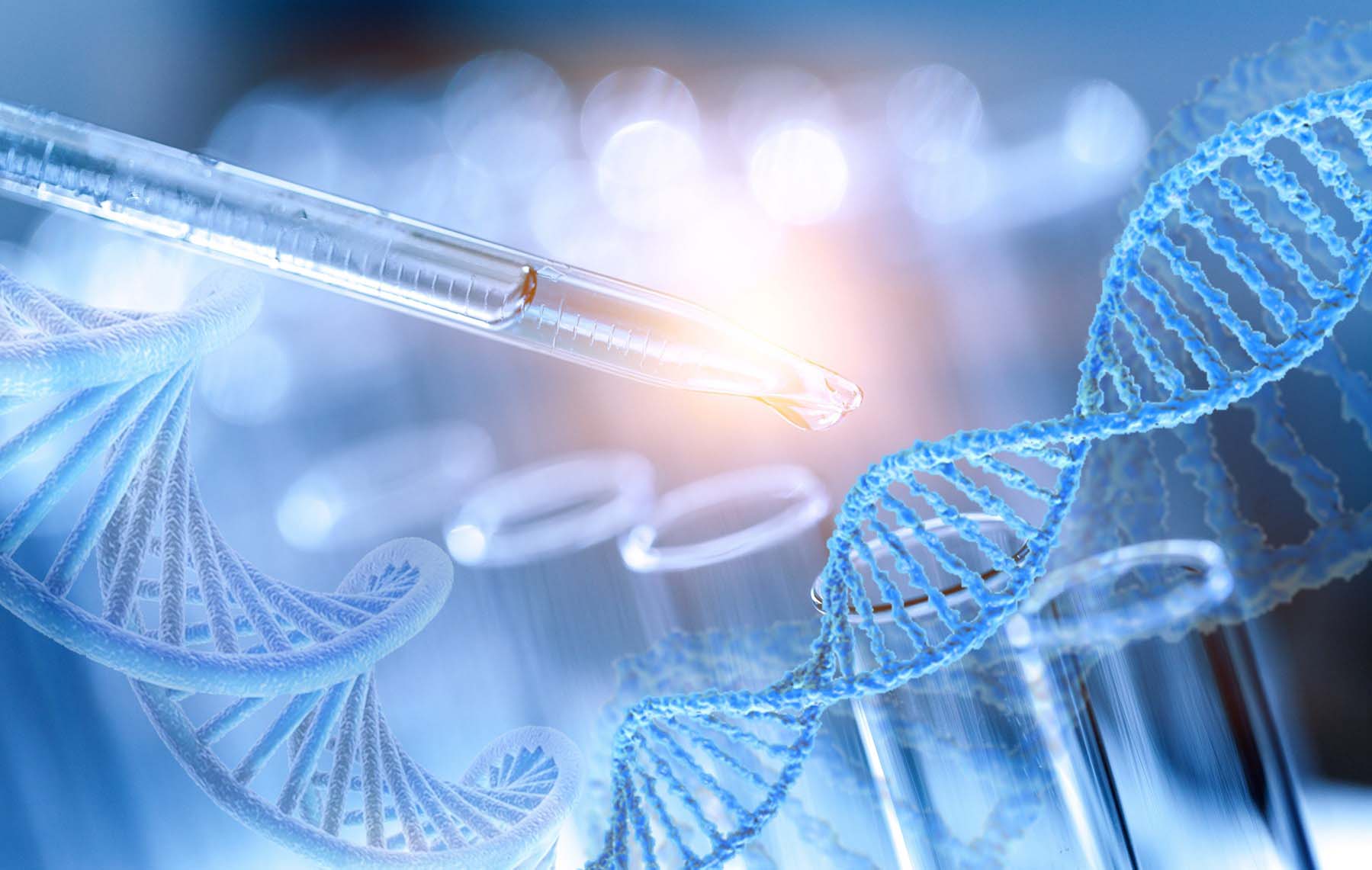Patent Biotechnology
Brad Nakase, Attorney
Email | Call (800) 484-4610
Biotechnology involves the use of molecular and cellular biology to create or alter processes or products. Biotechnology also includes industrial and scientific branches of learning centered on comprehending and directing biologically active or living material at the molecular level. This important field also typically focuses on the analysis of genetic information as well as DNA techniques, and modern biotechnology is predicted to create vital innovations in multiple disciplines, including environmental studies, health, energy, food, and sustainability.
Through patents, biotech companies gain the freedom to commercialize their important products without infringing on the intellectual property rights of other businesses or corporations. Patents, therefore, help biotech companies prevent competing companies from selling the same invention for a specific period.
This article will explain how patent law applies to biotechnological discoveries and products and why the legal ramifications of patent biotechnology are so important for biotech companies to understand.
Why are patents important in the field of biotechnology?
Biotechnology depends on research
Biotechnology is highly research-intensive. Biotechnology companies usually invest nearly half of their finances into development and research, far more than other trades, including the chemical and pharmaceutical industries. Additionally, the individuals who oversee biotechnology firms must safeguard their research and its results. Obtaining patents is the optimal way for companies to protect their research and the hard work that went into their findings.
Intellectual property rights can become an important goal
Often, small biotech firms license their inventions to bigger companies with the knowledge and resources to market the innovations. Therefore, small companies invest time and energy into convincing investors that their firm possesses a comprehensive intellectual property policy, and that policy usually focuses on patents.
Developing innovative biotechnology is costly.
When companies in the biotechnology industry seek to develop original products, they have to deal with high expenses. One of the key costs companies must bear is funding research time. However, it is comparably inexpensive to recreate competitors’ products and processes. Therefore, placing patents on products and research helps companies reduce the risk of losing their breakthrough products to competitors.
Patents help the biotechnology industry progress.
When a biotech firm obtains a new patent, the public domain becomes aware of the new technology. This is because the patent includes the following:
- The description of the innovative product or process
- The claims about the product’s applications
- The methods of producing the product or process
Therefore, patents permit competing companies to learn what other firms are working on and understand their research results. This sharing process is similar to publishing scientific articles that inspire new ways of thinking and advances. The use of patents helps the entire industry learn and progress, which in turn helps society advance by attaining new technologies.
For example, advances in stem cell biotechnology have triggered breakthroughs in the engineering and modification of stem cells and helped patients through regenerative medicine and therapy.
Patents allow biotechnology companies to feel encouraged and protected and therefore continue their successful research, and that is why these companies are credited with some of the most progressive developments on earth.
Does the “patentability criteria” apply to patent biotechnology?
Patent laws depend on “patentability criteria” that similarly apply to inventions in all technological disciplines. The criteria inventions must meet to obtain a patent include newness or novelty, non-obviousness, and usefulness or utility.
This criteria applies to inventions in all technological fields in the same way. Still, when applying patent law to biotechnological inventions, new idiosyncrasies that do not exist in other disciplines must be considered.
The first set of peculiarities relates to the legal standards involved in patent protection and the scope of patent protection. Patents exist for all inventions in the technological field, according to the TRIPS Agreement (Agreement on the Trade-Related Aspects of Intellectual Property Rights). However, the emerging issue of patents for biological materials, either drawn from natural living organisms or isolated, has created much conjecture.
Some parties argue that biological materials are simple discoveries and, therefore, they cannot be patented. Others contest that biological materials are man-made inventions and are, therefore, patentable. This debate is one of the central conflicts in patent biotechnology.
How does the requirement of “usefulness” fit into the debate?
Usefulness, or “industrial application,” is an important factor when determining if a biotechnological invention can be patented.
Patent rights are typically only granted when the party can show that the invention features a sufficient level of practical use in the application for the patent. The debate over the limits of biotechnology patents includes the relevance of ensuring that the claim is not more expansive than is justified by the biotech invention featured in the patent application.
Specifically, some biotechnology inventions are at such a fundamental and preliminary stage of origination that the invention’s future use or practicality is not yet established.
Additionally, applying the criteria for patentability contains alternative implications concerning licensing and other questions associated with the exploitation of the patent.
Down-steam innovation—or research that builds on preceding discoveries—depends on placing exceptions and restrictions on patent rights, specifically experimental use exception and research. The experimental use exception, a common legal concession to the patent-holders’ exclusive right of use, allows the use of another party’s patented device if such use is for intellectual inquiry, interest, or recreation.
Why is the fact that biological material can reproduce, relevant to the debate?
Another reason that biotechnological inventions do not fit easily within the constraints of patent law is the reality that biological material can reproduce. The characteristic of reproduction requires certain legal determinations in order to decide if a patent is applicable, including:
- The range of lawful protection for future generations
- Particular rules for animal breeders, plant breeders, and farmers
- Exhaustion regimes: In a regime of exhaustion, when a product is put on the market anywhere, it is regarded as an openly traded good, with its sale and import dependent on national
Additionally, the growth of genetic engineering has created a possible overlay between plant protection and plant variety, even in places where plant patent protection is omitted.
Although each of these structures provides both rights and protections in addition to unique limitations, the relationship between patents and biotechnology remains under close scrutiny by those in the legal and scientific fields.
Additional pertinent issues, including biodiversity protection, the commercialization of biotechnological inventions, the ethical concerns concerning these inventions, and more, remain under consideration. Distinguished groups such as the World Trade Organization and the Food and Agriculture Organization continue to ponder the ramifications of patent biotechnology in different forums and have introduced agreements such as the Convention on Biological Diversity to continue to develop provisions to account for biological inventions and our changing definitions of biology and patent law.
The Convention on Biological Diversity has three main goals:
- The conservation of biological diversity
- The equitable sharing of benefits resulting from the application of genetic resources
- The sustainable usage of the elements of biological diversity
Ultimately, biotechnology companies have the power to dramatically alter the healthcare industry’s current state. Biotech firms and their research, theories, and products can change patient care forever and create sizeable profits, and that is why patents are necessary: to protect the breakthrough ideas of this vital industry.
Have a quick question? We answered nearly 2000 FAQs.
See all blogs: Business | Corporate | Employment
Most recent blogs:
































